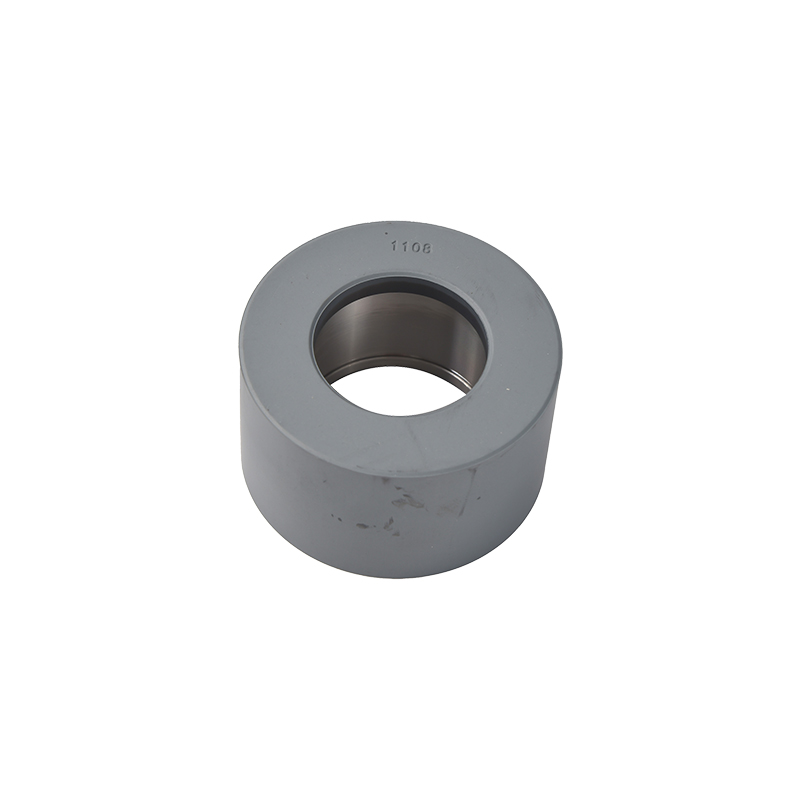Powder injection molding is abbreviated as MIM, which is a new type of powder metallurgy near-net forming technology formed by introducing modern plastic injection molding technology into the field of powder metallurgy. The powder metal parts are formed using this technique. The formation process of this process is as follows: first, the solid powder is uniformly mixed with the organic binder, and after granulation, it is injected into the cavity of the mold by an injection molding machine under the state of heating and plasticizing to solidify and form, and then chemical or thermal decomposition is used. The binder in the formed blank is removed, and finally, the final product is obtained by sintering and densification. The MIN technology has unique advantages in preparing near-net-shaped products with three-dimensional complex geometry, uniform microstructure, and high performance.
It is reflected in :1. It can produce metal, ceramics, and other parts with complex shapes at one time, just like the production of plastic products. 2. The product has low cost, good gloss, and high precision (0.3%~±0.1%), and generally does not require subsequent processing. 3. The product has high mechanical properties such as strength, hardness, elongation, good wear resistance, fatigue resistance, and uniform structure. 4. High utilization rate of raw materials, high degree of production automation, simple process, continuous mass production.
Therefore, it is generally believed that the development of MIM technology will lead to a revolution in component forming and processing technology, and is known as "the hottest component forming technology today" and "the forming technology in the 21st century". The applicable materials for MIM technology are iron-based alloys, stainless steel, high specific gravity tungsten alloys, cemented carbides, magnetic materials, titanium alloys, and ceramic materials such as alumina and zirconia. The products it manufactures are widely used in the following fields: computer and auxiliary facilities, hardware tools, household appliances, medical machinery parts, military parts, electrical and electronic parts, mechanical parts, automobile, and marine parts, etc.


 简体中文
简体中文 English
English













